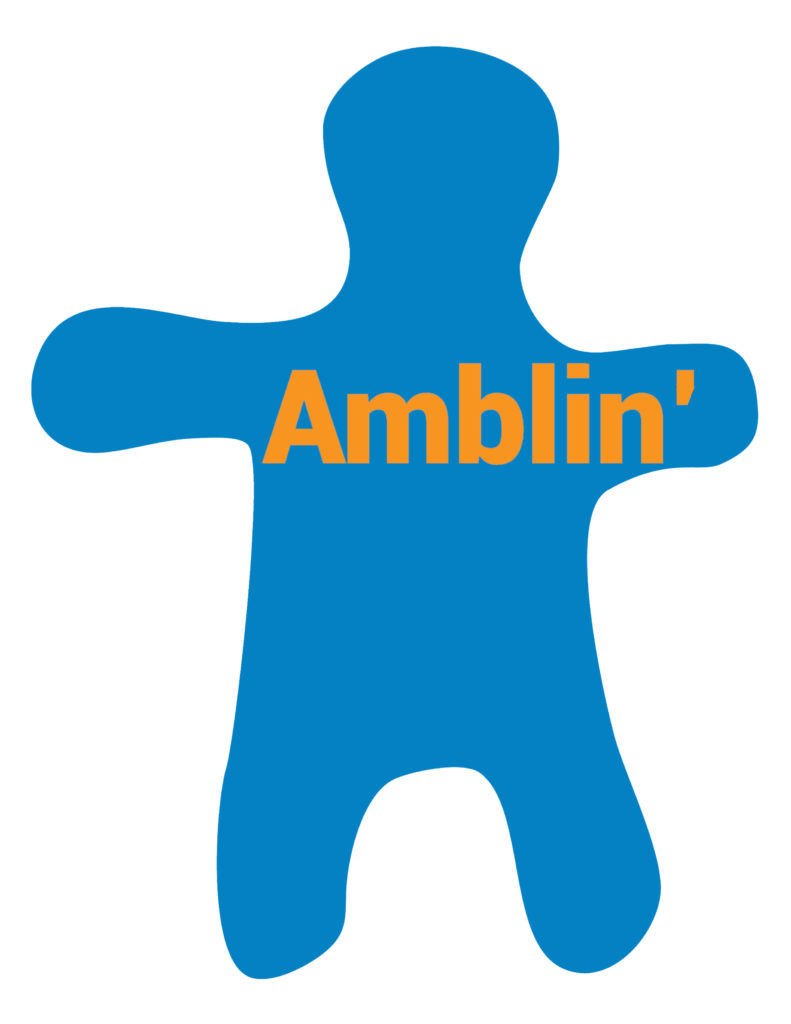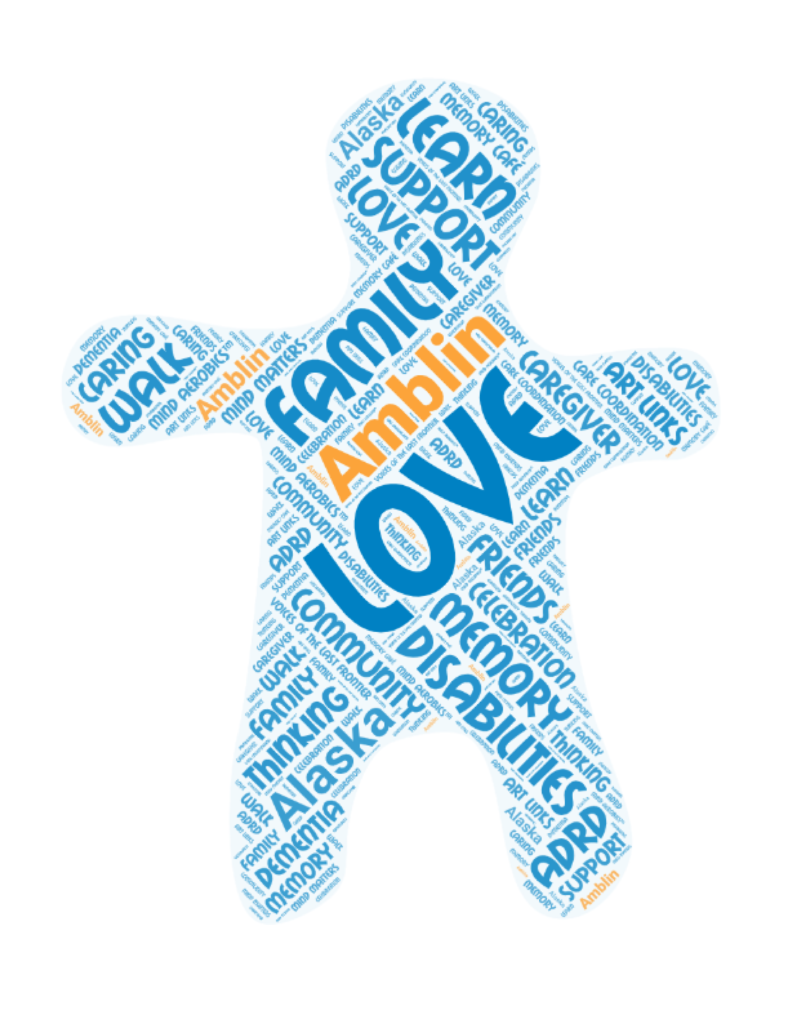Art and creativity can improve our emotional well-being and open new ways of connecting with people living with dementia. We often discover hidden talents and abilities.
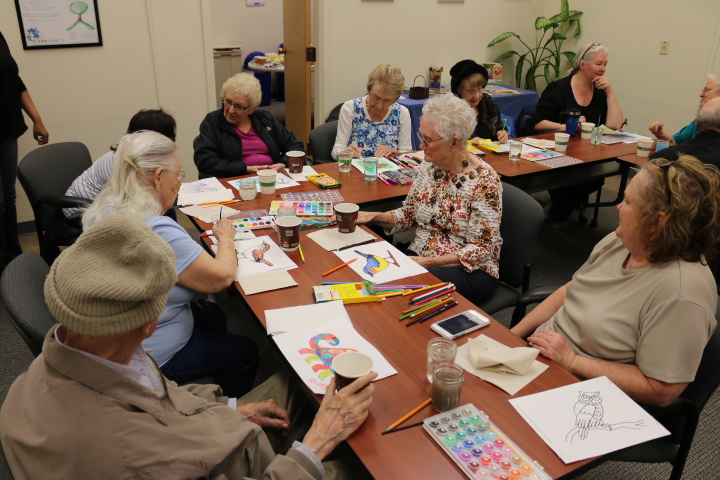
“Every child is an artist. The problem is how to remain an artist once [we grow] up.” An insightful quote from artist Pablo Picasso, and a great reminder that each of us has the potential for artistic expression.
Creativity is good for us at any age and especially as we get older. Studies have shown that older adults who participate in creative activities have a better quality of life and maintain independence more easily.
Renowned geriatric psychiatrist Gene Cohen conducted “The Creativity and Aging Study”. Participants in the controlled study consisted of 300 adults aged sixty-five years or older. The study was conducted over a three-year period and included 2 groups of participants- those who participated in artistic activities weekly and those who did not.
The study revealed the group that participated in weekly art activities reported better physical health, fewer doctor visits, less medication use, fewer instances of falls, and fewer problems than the comparison group. Most importantly, participants in this group experienced less loneliness, higher morale, and enhanced daily well-being.

How do you interest someone living with dementia in creative activities? For care partners for someone living with dementia, it is understandable that sometimes the focus is on what has been lost. A focus on what remains and exploring those strengths can enhance the person’s mood and well-being.
When we provide access to the creative arts, we often discover hidden talents and abilities.
The key to discovering what sparks creativity for your loved one is to explore ideas and approaches. Take a moment to reflect on what your partner enjoyed in the past and what they enjoy now. Then choose a small creative project that will help them be successful, modify or downsize as needed.
Following are some creative ways to explore these different artistic mediums with your loved one.
Storytelling
Creating stories from old photographs and pictures is a wonderful individual or group activity. These stories can be shared verbally or in writing. You may be tickled by some of the stories you hear. Just one picture can bring back a multitude of emotions and encourage creativity for a person living with dementia.
Drawing and Painting
Expressing thoughts and emotions through art can open up a whole new world for people living with dementia. As words fail, a person can continue to communicate through drawings and paintings.
Sculpting
Using clay to sculpt objects stimulates the senses and can often connect to memories. It’s also a very calming and relaxing activity.
Music
Music has the power to re-engage people touched by dementia. It can help us retrieve memories and helps create moments of peace and happiness. It is one of the best creative outlets, especially when it is music that speaks to our hearts
Dancing

Music and dance complement each other. Put on some well-loved music and watch the reactions of your partner. It’s hard not to move to music we love.
Creativity and the arts can open up new ways of connecting with people living with dementia. It can improve our emotional well-being and help combat loneliness. It has the power to stimulate our brains and improve the quality of life for children, adults and seniors alike.
As Albert Einstein says, “Creativity is contagious, pass it on!”
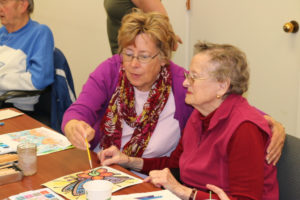
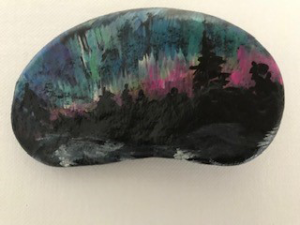
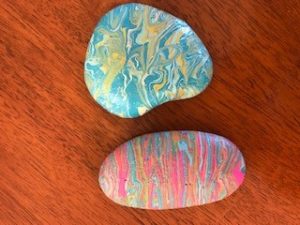
 Make a Payment
Make a Payment
